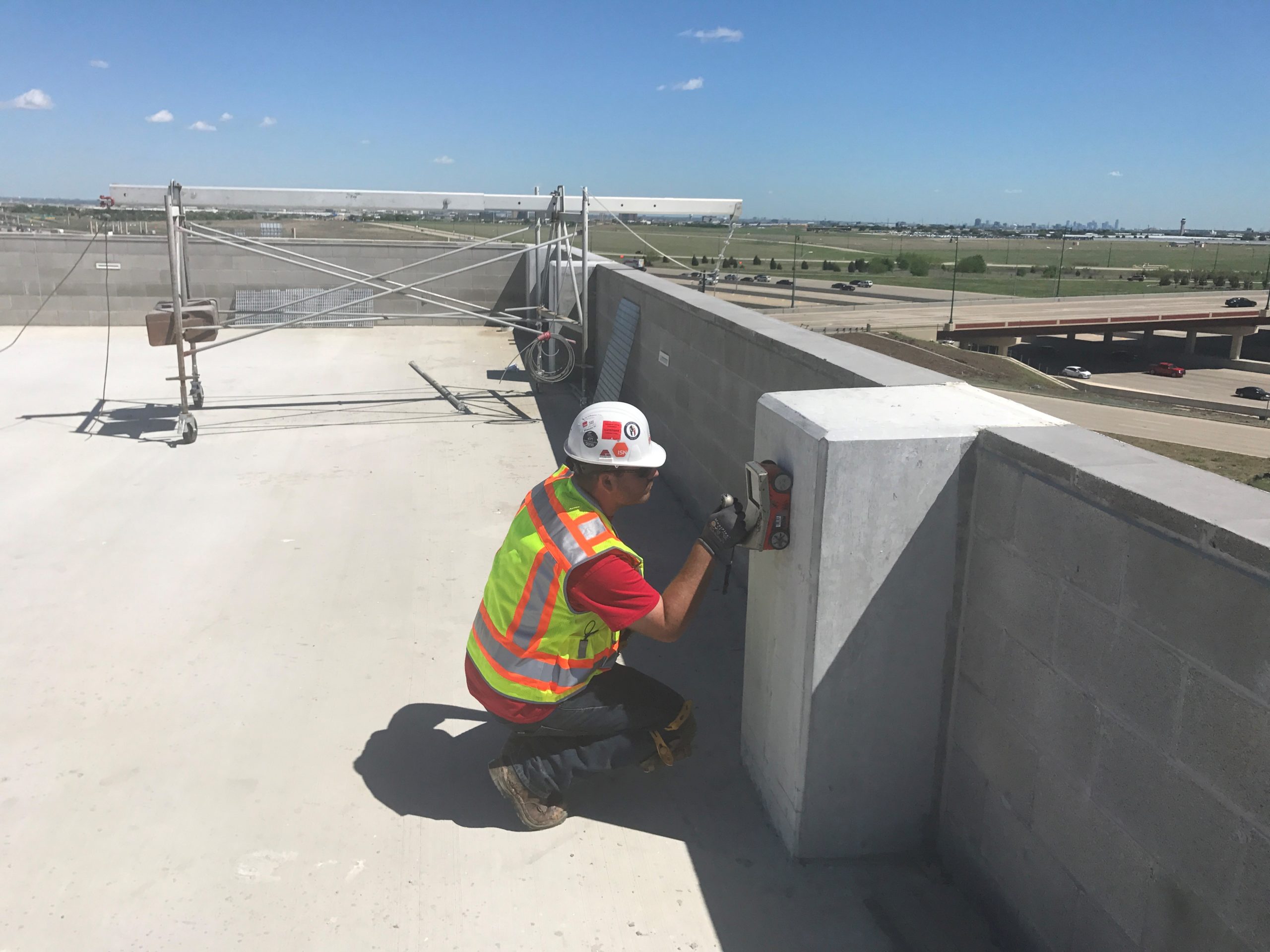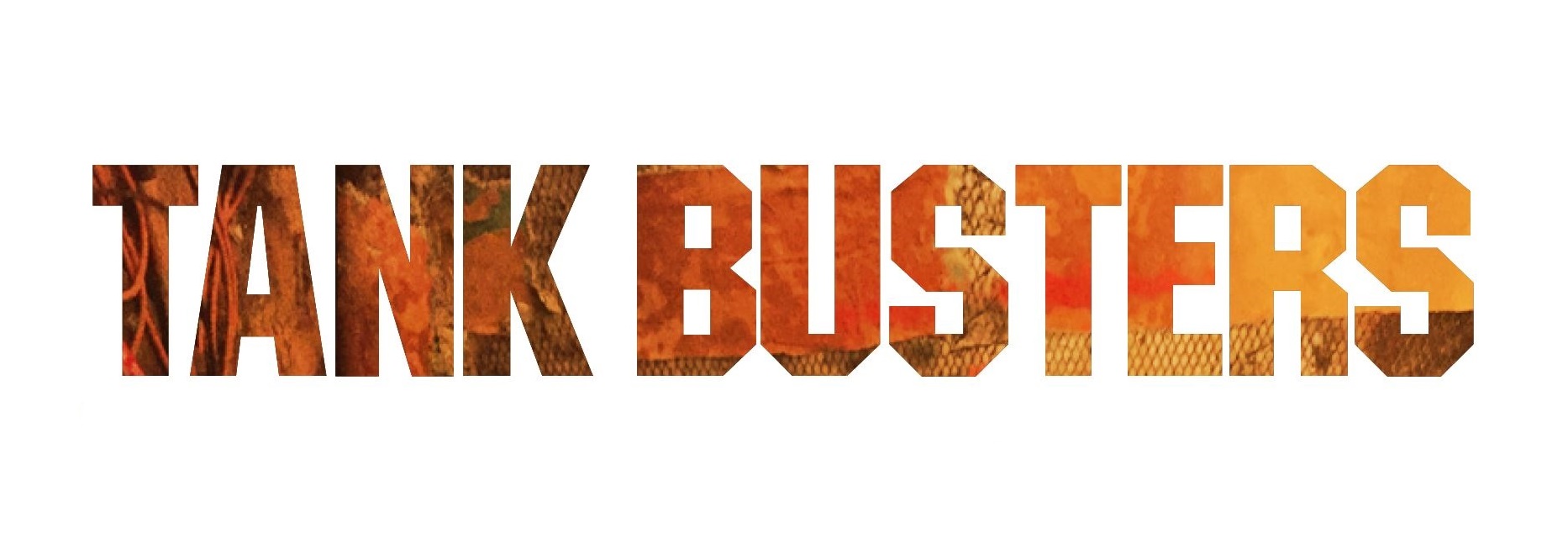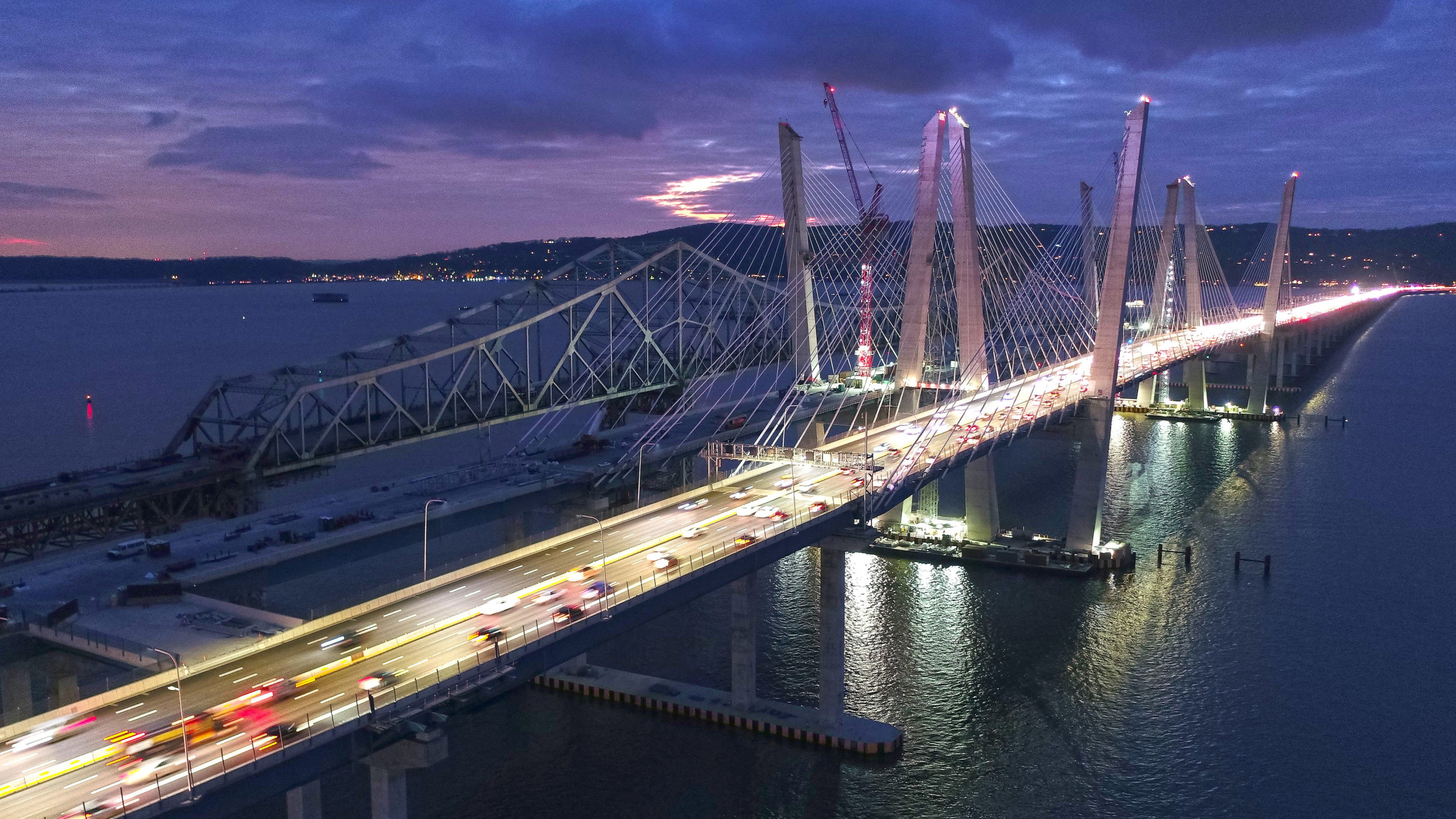
Vision of Success

Advantages of Scanning Technology Are Clear
Metropolitan areas in the U.S. are enjoying an upsurge in concrete construction. The renovation of existing structures and new projects have CSDA cutting and coring contractors responding to a busy marketplace.

Diagram showing some of the hidden objects in and below concrete surfaces. Photo courtesy of GPRS, Inc.
Due to concerns over equipment, operator safety and damage to structural reinforcement, cutting and coring work requires the avoidance of embedded rebar, post-tensioned cables, utility lines and conduits in concrete. As a result, a growing number of architects, engineers and general contractors are specifying the use of subsurface imaging technology to identify hazards.
The accurate location and mark out of embedded items requires a well-trained technician utilizing multiple technologies, primarily Ground Penetrating Radar (GPR). Experience with concrete reinforcement design, as well as other potential embedments like conduits, is a basic requirement for these technicians. Additionally, their ability to recognize these critical targets from the data collected is the difference between success and failure for each scan they perform. Experience and training are key to the services the technicians provide.
CSDA Member GPRS, Inc., based in Toledo, Ohio, offers underground utility location and concrete scanning services across the entire country and the company’s GPR technicians scan hundreds of locations each day. .
Parking Permitted

Objects located at a parking structure in Los Angeles were marked with blue paint (rebar) and red paint (post tension cables)
The Southern California branch of GPRS was contacted by an engineering firm to scan for post tension cables on the third level of a parking structure in Los Angeles. The purpose of the engineering firm’s work was to repair post tension cables throughout all the levels of the structure, as many of the cables had snapped or no longer sustained the proper amount of tension. The client needed areas marked out prior to chipping through the 6-inch-thick concrete slab.
GPRS technician Alfredo Espinal scanned seven areas measuring 10 feet long by 4 feet wide on one level of the parking structure and marked all findings on the concrete surface with marking paint. All post tension cables identified by the GPR equipment were presented as red paint markings, while rebar was marked with blue paint and steel beams were marked with pink paint. The scanning work took approximately 3 hours using a SIR-3000 unit from CSDA member GSSI, Inc. fitted with a Palm antenna.
“GPR was a great tool to use for the location of post tension cables, rebar and conduits at the parking structure in L.A. All seven areas were scanned in a short space of time and the results were clearly marked, so the contractor could begin chipping out the concrete without the worry of hitting something,” said Espinal. “The 3000 can also be used to scan for underground utilities prior to digging or excavating, so it is pretty versatile,” he added.
Clinical Results
In December 2016, GPRS was requested on site by a general contractor to perform a GPR survey at the Cleveland Clinic-Richard E. Jacobs Health Center in Avon, Ohio. The contractor needed to saw cut a trench to install new plumbing lines and remove existing drains. The contractor needed to know if there were any conduits in the concrete to avoid cutting through them.
Micah Stair was the GPRS technician for the job. He located two active electrical/data banks of conduits passing directly through the general contractor’s marked cutting area, employing a SIR-3000 GPR unit and 1,600 megahertz antenna from GSSI, Inc. to cover an approximate 7-foot-long by 2-foot-wide area. The GPR equipment provided Stair with real time scan data for analysis on site, as well as storing the data for documentation.
“The hospital had no drawings showing the conduits. Without scanning the marked area, the contractor would have saw cut through the conduits as they were right at the bottom of the concrete slab,” said Stair.
Knowing the depth of the conduits was important for the cutting contractor. Prior to scanning the equipment was calibrated to the slab so accurate depths would be recorded. The conduits were painted on the surface with depth indications so that the contractor could safely saw cut over or around them without hitting them with the diamond blade.
Drop Anchor!

A GPR technician was able to scan 100 areas marked for anchor plate installations at a parking garage in Grapevine, Texas.
Using GPR technology to scan concrete buildings and structures for anchor installations is a smart choice. Gasten Schoonover, a project manager and GPR technician for GPRS, Inc. based in Texas, was contacted to clear numerous anchor locations on the top deck of a parking garage located in Grapevine. The general contractors on site were tasked with installing anchor plates throughout the top deck to install permanent barricades and other features. The contractors needed to confirm that post tension cables or other anomalies would not be hit. As other work was being performed in the vicinity, the contactor needed to confirm all locations in a very timely manner and ensure worker safety.
“GPRS was able to provide much needed information to move the parking garage project along at an expedited pace. Without the capabilities of radar scanning, the contractors would have had to try to source as-built drawings, which may not have shown any objects installed in the concrete after original construction, or they would have simply had to drill the marked locations and hope for the best,” said Schoonover.
Each 2-foot square anchor location was scanned and Schoonover was able to clear 100 plate mounting locations in a single day with his GSSI StructureScan Mini and 1,600 MHz antenna. He was able to accurately mark out all post tension cables and rebar in the area, and clear each individual plate location for mounting. This ultimately saved time, money and ensured safety on the jobsite.
Scaling Skyscrapers
Chicago is nicknamed the windy city, and with good reason! As strong winds blew through the city, Zack Walter, GPRS project manager for the Chicagoland area, was contracted to scan tight spaces atop a 48-story building. Walters was tasked with mapping out rebar so that a general contractor could safely drill anchors for future building plans. A GSSI SIR-4000 GPR unit was used to capture real-time depth views of subsurface hazards such as reinforcement, utilities, conduit and voids. This reduced the likelihood of subsurface obstruction strikes during anchoring installation.
“The GPR scanning we conducted on the rooftop ensured worker safety and saved valuable time by targeting the specific areas of concern,” said Walter. “We can provide GPS reports overlaid on Google Earth or overlay information on pre-existing CAD files for future building plans. This is all done in a safe, time efficient and non-destructive manner.”
Imaging Insight from CSDA
Many CSDA members have embraced technological advancements in the industry and added GPR to expand their sawing and drilling operations into full service companies. Some have even created separate divisions or businesses. In response this trend, CSDA added a GPR Imaging Contractor membership category in 2013 to represent those who offer GPR as a primary or additional revenue stream. In addition, a CSDA GPR Imaging Committee has been formed with the purpose of promoting the use of imaging technologies, primarily focusing on GPR.
Since being formed, the committee has updated CSDA Best Practice CSDA-BP-007 Ground Penetrating Radar for Concrete Scanning and has created a new document CSDA-BP-017 Depiction/Marking of Existing Subsurface Embedments. Both documents are available to download from the CSDA website. In addition, the committee achieved a major goal as CSDA held its inaugural GPR Certification course at World of Concrete 2017 and had 16 particpants.
Committee Chairman
Mark DeSchepper (Construction Solutions, Paola, KS)
Vice Chair
Emily Hammer (Hard Rock Technologies, Chicago, IL)
Committee Goals
• Address industry needs for training and certification related to imaging and GPR service providers
• Develop industry Specifications and Best Practices for imaging contractors and specifiers
Upcoming Meetings and Training
• Committee Meeting November 30, 2017 (Austin, Texas)
• GPR Certification Course January 23, 2018 (Las Vegas, Nevada)
• Committee Meeting March 6, 2018 (Maui, Hawaii)
For more information, call CSDA at 727-577-5004, email mdeschepper@construction-solutions.com or info@csda.org.
Company Profile
Ground Penetrating Radar Systems, Inc. (GPRS) was established in 2001 and has been a CSDA member for four years. The company is based in Toledo, Ohio with branch locations in every major metropolitan area across the U.S. GPRS, Inc. offers the non-destructive testing services of ground penetrating radar and utility scanning.
Resources
Imaging Contractor:
GPRS, Inc.
Toledo, Ohio
Phone: 419-843-9804
Email: matthew.dragon@gp-radar.com
Website: www.gp-radar.com
Methods Used: GPR Imaging














